Soft and Fluffy Homemade Potato Bread Recipe
Move over, grocery store potato rolls! I have an easy recipe for the best potato bread right here. I took the recipe for the mashed potato rolls that I've been making for Thanksgiving for oven a decade, and I reimagined it into a fluffy loaf of bread (actually, two fluffy loaves of bread.) And it is one of the most delicious bread recipes that you will ever try.
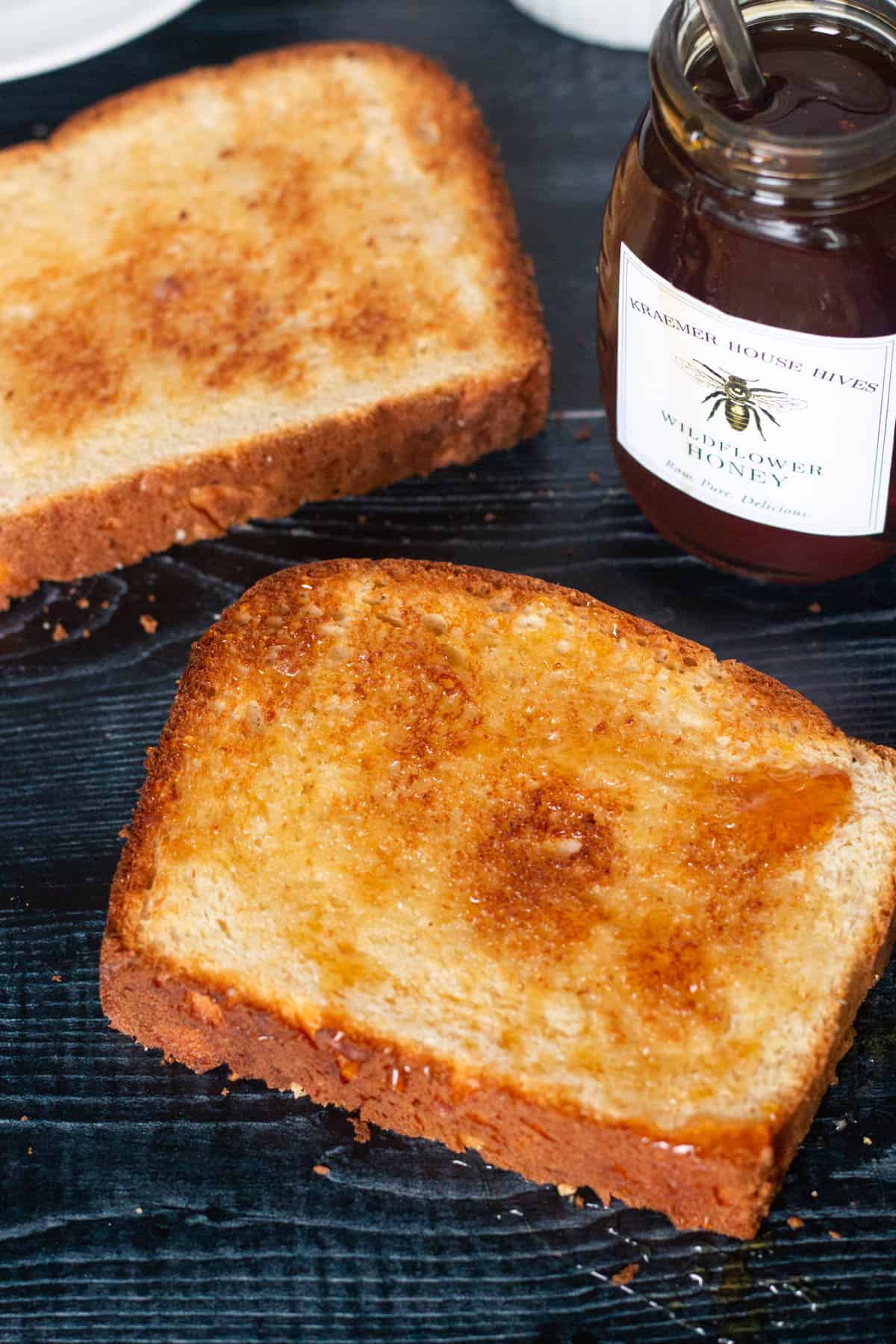
Why this Potato Bread is my "Go To" Homemade Bread Recipe
- The easiest method: If you're not "a bread baker," then this a great recipe for you. For the more traditional method of making bread, you proof the yeast, add ingredients in groups, and partially knead the dough by hand. With this recipe, the yeast requires no proofing. All of the ingredients (except the flour) are added at once, and all of the kneading is done by the mixer.
- The best secret ingredient!: The addition of mashed potatoes to this bread dough yields a fluffy, moist, and soft bread with excellent flavor.
- So many delicious ways to enjoy it: No matter how you slice it (see what I did there?), this bread is a show stopper. I love it most lightly toasted or warmed with a generous amount of butter, honey, or peanut butter. But it also makes amazing French toast, and it slices easily for next level turkey sandwiches.
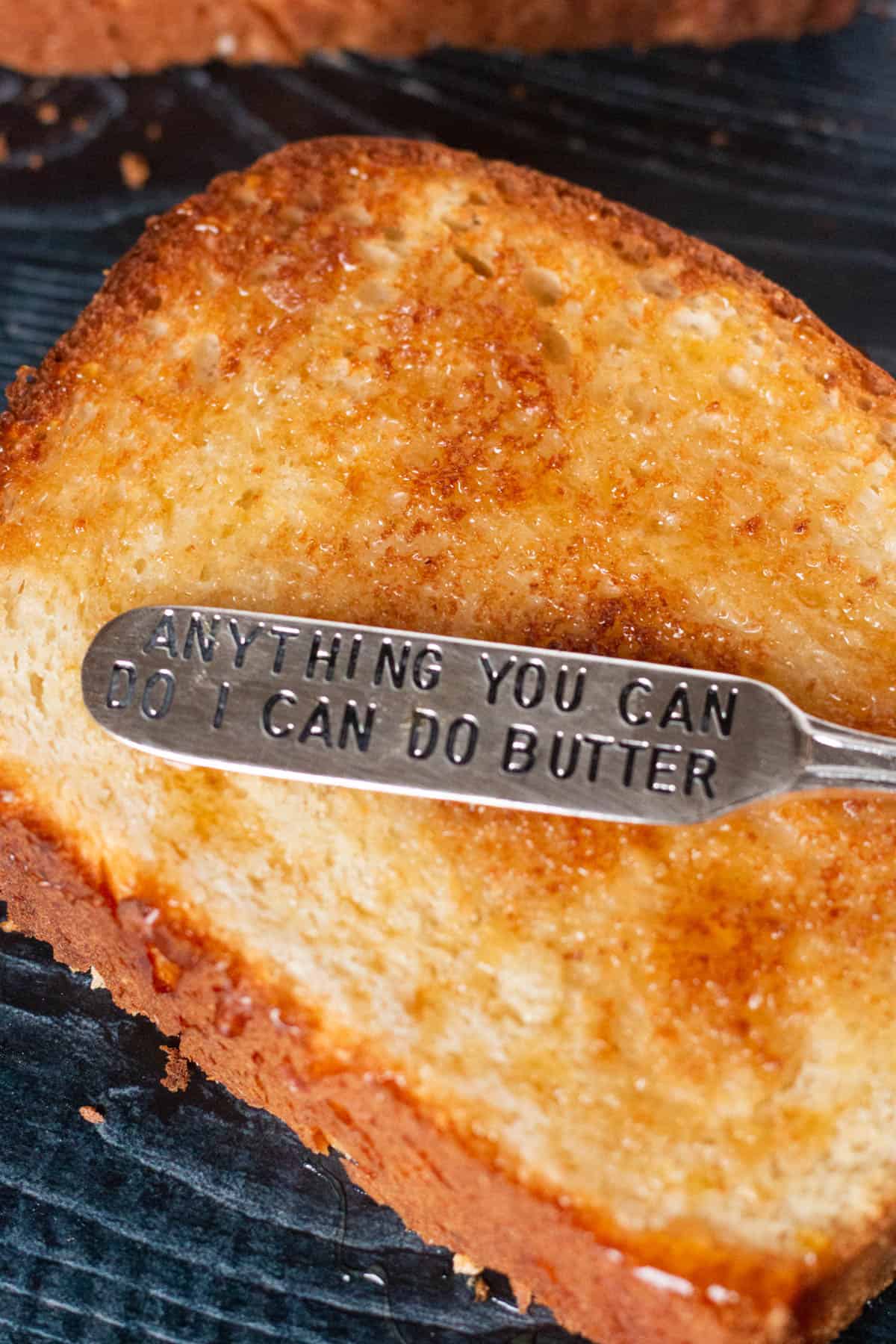
Mashed Potatoes 101 (No Leftover Mashed Potatoes? No problem!)
If you don't have any leftover mashed potatoes on hand, simply make a small batch of your own. You can use the recipe in my Turkey Shepherd's Pie post (just make ⅓ of the recipe), or use the following easy recipe:
Creamy Mashed Potatoes
- 1 pound russet potatoes (these and Yukon gold potatoes are the best potatoes for mashing), peeled and cut into large chunks
- 2 tablespoon unsalted butter, cubed
- ¼ cup whole milk
- Salt and ground black pepper
- Place the potato pieces in a medium saucepan and cover completely with cold water. Bring the mixture to a boil and cook, uncovered, until the potatoes are fork tender, 20-25 minutes. Drain the potatoes and return them to the pan or a large bowl.
- Add the butter and milk. Mash potatoes with a potato masher or use a potato ricer until all of the ingredients are incorporated and mixture is creamy. Season with salt and pepper.
Ingredients
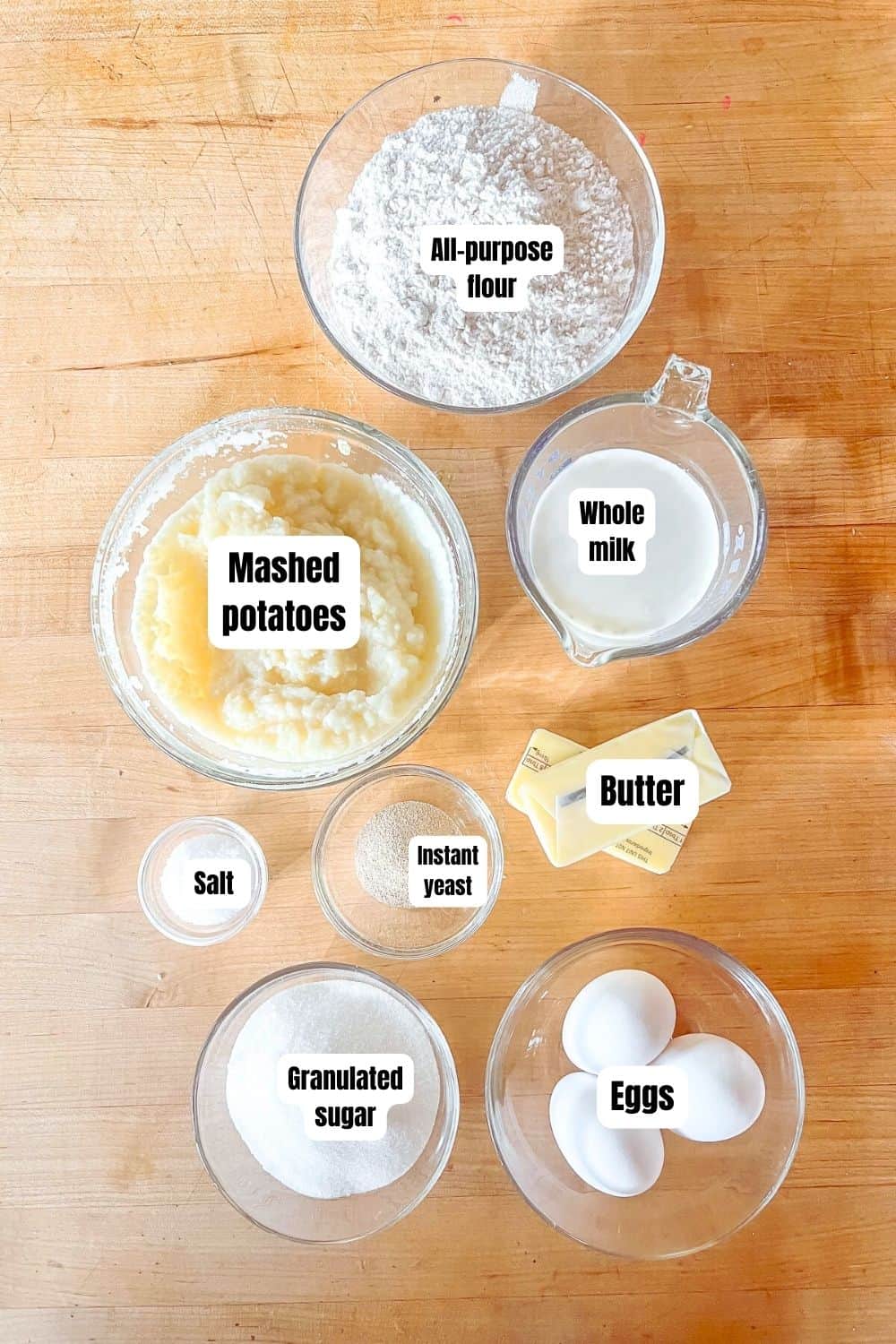
- Instant yeast: Also called "rapid rise" yeast. See the FAQ section, below, for specifics on different types of yeasts.
- Granulated sugar
- Whole milk: Low-fat (2%) milk may be substituted, but I don't recommend nonfat milk, as it will affect the moisture level in the baked bread.
- Warm water (95-105F / 36-40.5C): Use leftover boiled potato water if you're making mashed potatoes just for this recipe!
- Unsalted butter: Softened to room temperature.
- Eggs: Room temperature--to bring eggs to room temperature quickly, submerge them in warm (not hot!) water for a few minutes.
- Mashed potatoes: Leftover mashed potatoes work perfectly for this recipe, but you can also use freshly made mashed potatoes or even instant potatoes (see FAQ section, below.)
- Salt
- All purpose flour
Step by Step Photos and Instructions
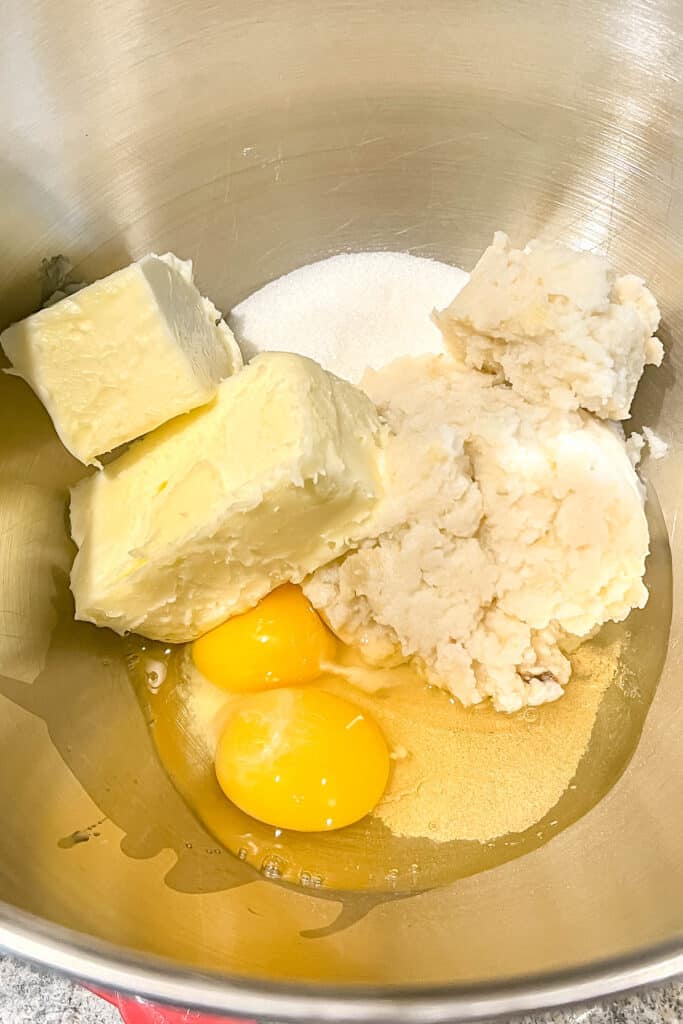
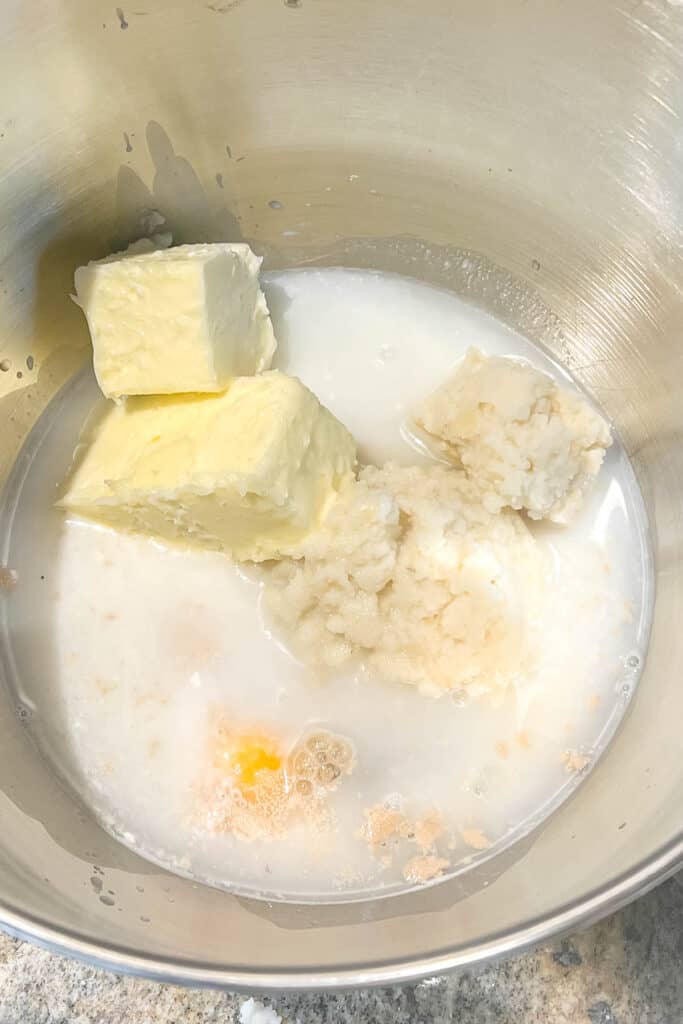
- In the bowl of a stand mixer, fitted with the paddle attachment, beat together the yeast, sugar, milk, water, butter, eggs, mashed potatoes and salt until combined.
- Add four cups of the flour and continue to beat the mixture for 3-4 minutes at medium-high speed, stopping to scrape down the sides of the bowl as necessary, until smooth.
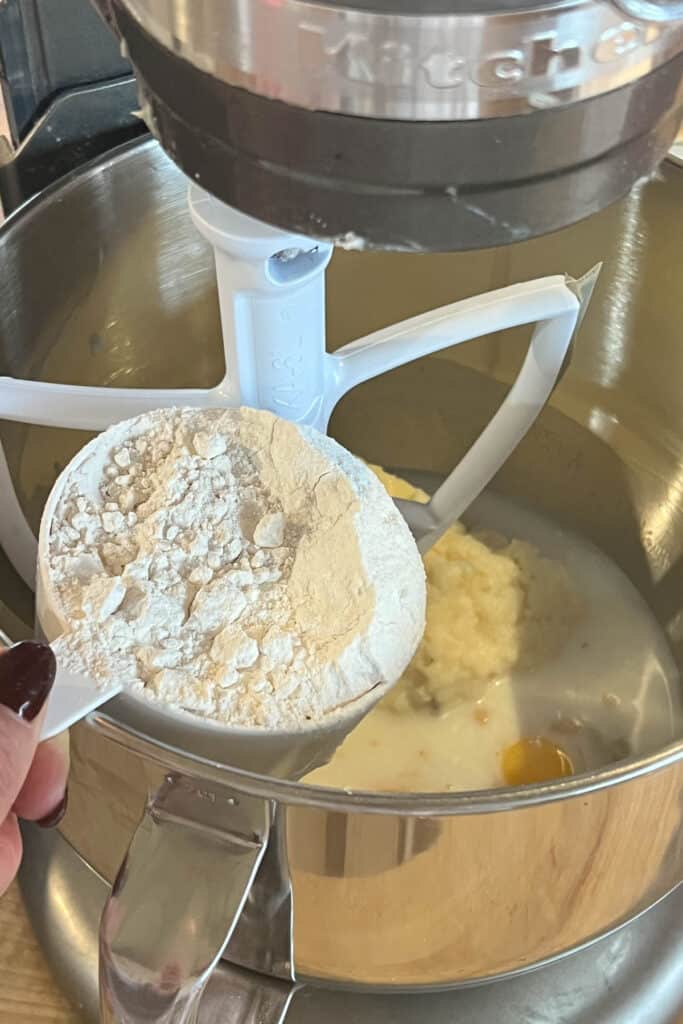
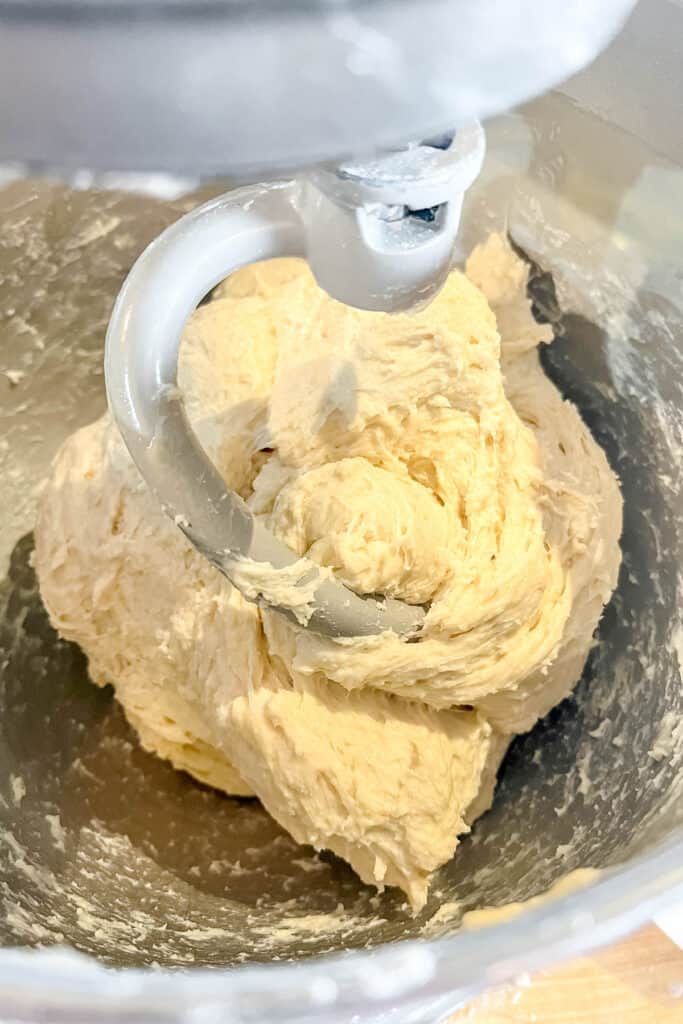
3. Switch the paddle attachment to the dough hook attachment. Gradually add the remaining 2½ cups of flour, mixing at medium speed until incorporated.
Would you like to save this?
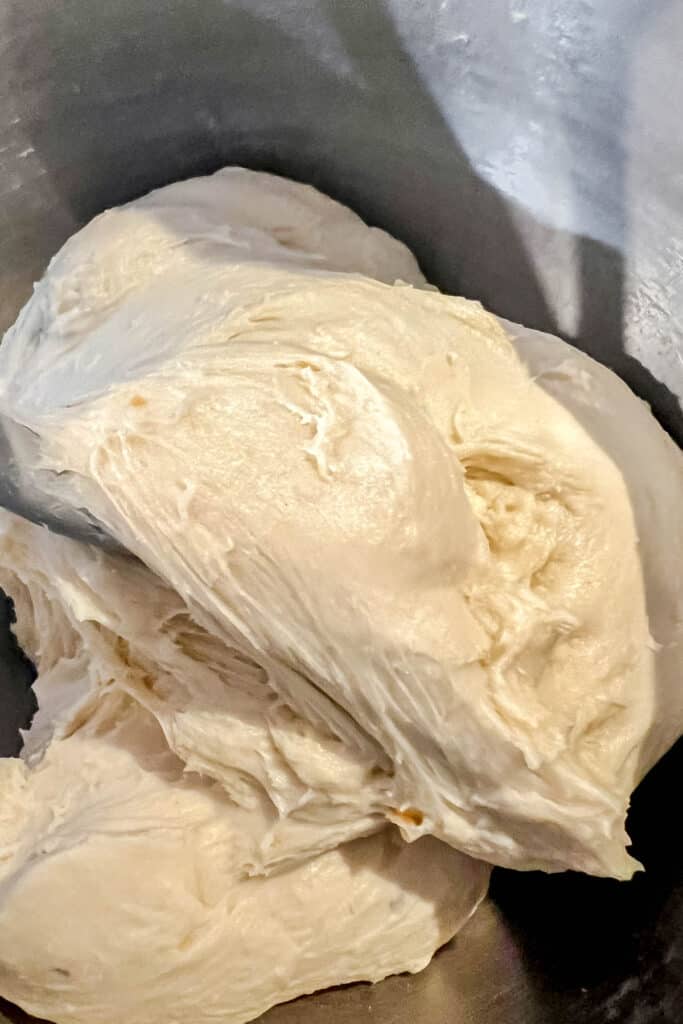
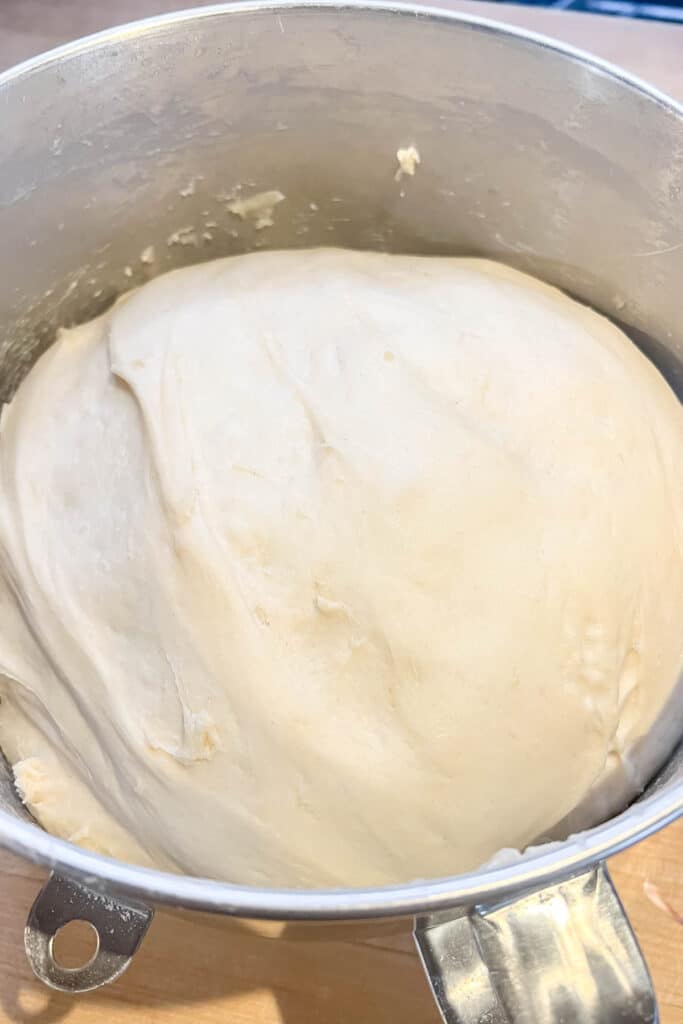
4. Continue to knead for 6 minutes more, stopping to scrape down the sides of the bowl every few minutes, until the dough is smooth, soft, and a little sticky. (Add up to ¼ cup more flour during the kneading process if your dough is very sticky or you're in an exceptionally humid environment.)
5. Gather the dough into a ball and place it in a large bowl sprayed with cooking spray. Cover the bowl with plastic wrap and refrigerate for at least 4 hours or overnight. This should give the dough time for a nice, slow rise so that it doubles in bulk.
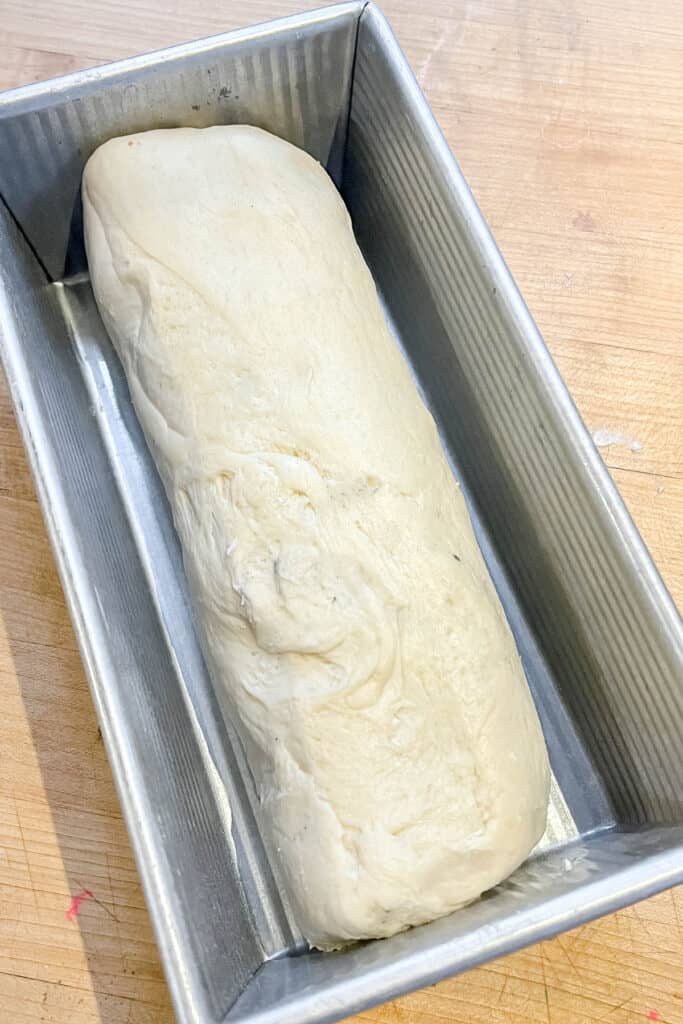
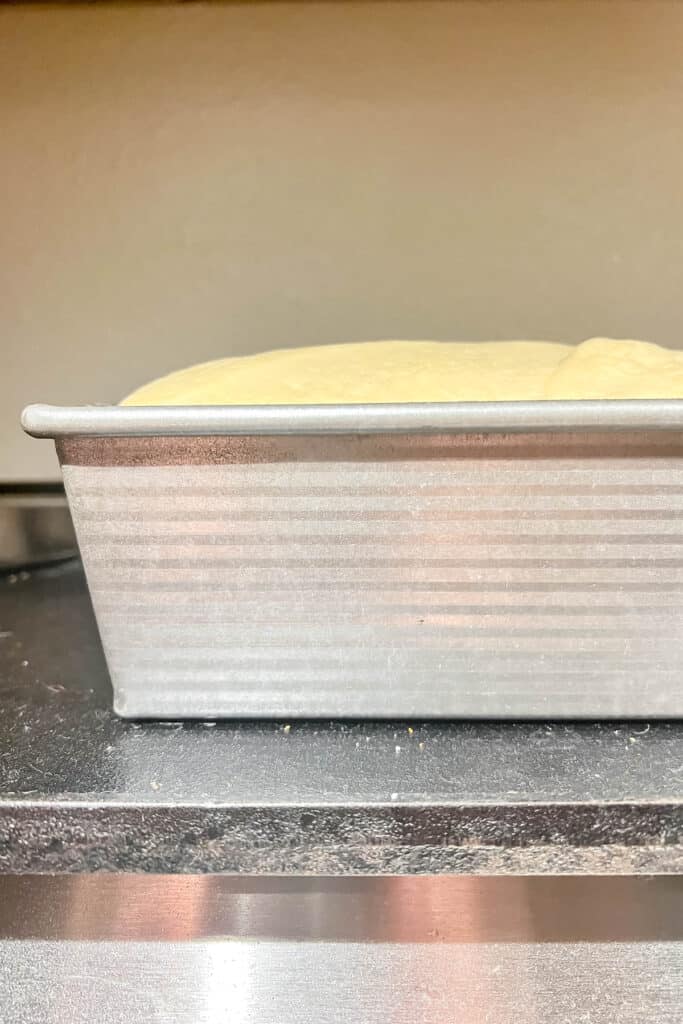
6. Spray two 9X5 inch loaf pans with nonstick baking spray. Remove the bowl from the refrigerator. Transfer the bread dough to a lightly floured surface and divide it in half. Shape each half into a 9 inch cylinder shape and place each piece into one of the prepared loaf pans for the second rise.
7. Cover the loaf pans with plastic wrap that has been sprayed with nonstick spray. Let the dough rise in a warm place until the highest section of the dough is about 1-inch over the rim of the pan, 1½ to 2½ hours. Meanwhile, preheat your oven to 350℉.
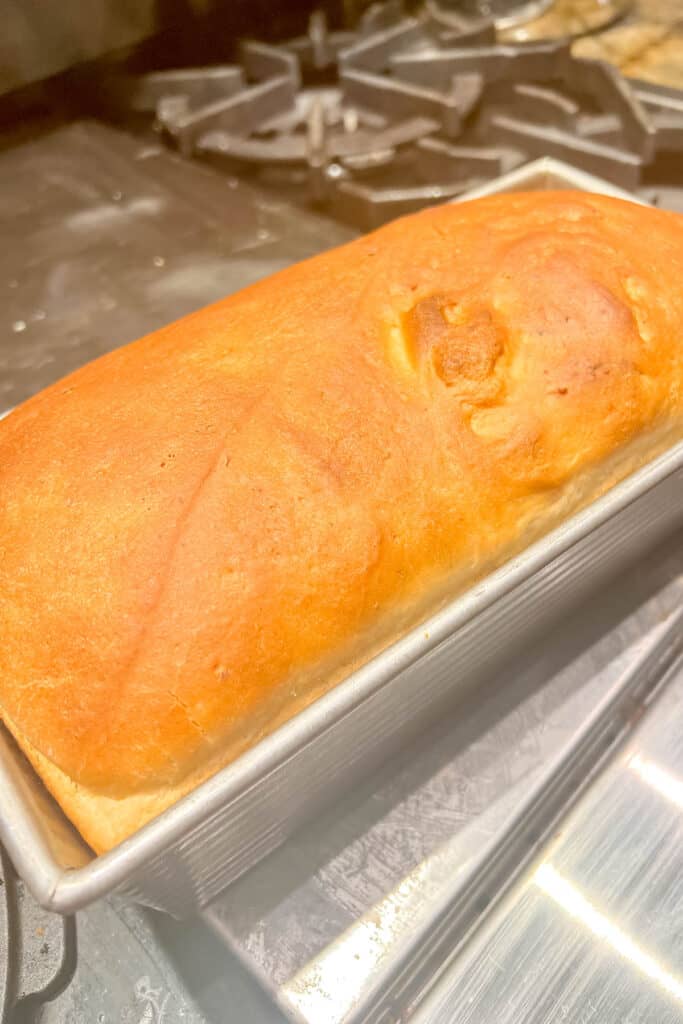
8. Bake the bread for 40-50 minutes, until it is puffed and deep golden brown on top (the bread should have an internal temperature of at least 190℉ when checked with a digital thermometer.) If the bread starts to darken too much during the baking process, tent it loosely with foil halfway through.
9. Remove the bread loaves from the oven and brush the tops with melted butter. Let the loaves cool for 5 minutes, and then invert them onto a wire rack to cool completely. Slice and serve or wrap tightly in plastic wrap and store at room temperature.
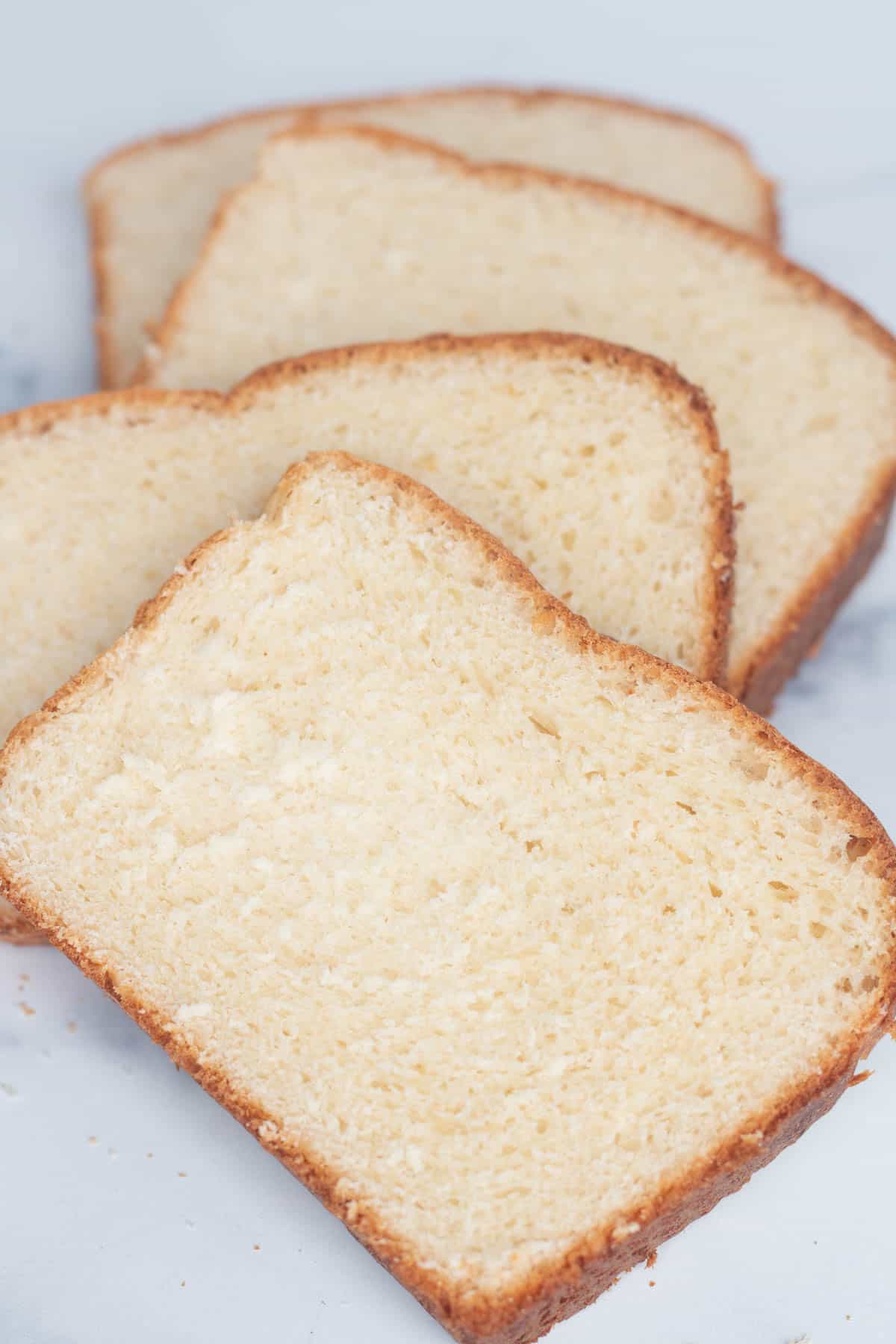
FAQ and Troubleshooting your Potato Bread Recipe
Both of these yeasts are commonly used in baking, but they differ in the following ways:
Size and Mixing
Instant yeast has smaller granules, so it dissolves and activate quickly. You can mix it directly with the dry ingredients or add it to the dough during the initial mixing.
Active dry yeast has larger granules and needs to be dissolved in warm water before using. This is called proofing and ensures that the yeast is active and ready for baking.
Proofing Time
Instant yeast has shorter proofing times because it activates faster.
Active dry yeast requires additional time for proofing.
Shelf Life
Instant yeast has a longer shelf life when stored in a cool, dry place.
Active dry yeast has a shorter shelf life. For both yeasts, always check the expiration date on the package before using.
Instant potatoes can be used in potato bread recipes, but they may not provide the same texture and flavor as using real mashed potatoes. Instant potato flakes are dehydrated and processed, so they may not add the same moisture, softness, and potato flavor as real mashed potatoes. If you choose to use instant potatoes in your recipe, use an unseasoned or plain butter flavor so that you don't alter the finished flavor of the bread. Replace the real mashed potatoes in the recipe with an equal amount of prepared instant potatoes.
Yes. Mix together all of the dough ingredients in your bread machine set on the dough cycle. Let the dough go through its entire kneading cycle, but don't let it rise. Instead, place dough in a lightly greased large bowl, cover, and proceed manually as directed for the first rise.
Store individual loaves, tightly wrapped in plastic wrap, at room temperature for 3-4 days. In cooler, dryer environments, the bread may last a few days longer. Tightly wrap baked and cooled loaves in plastic wrap and then aluminum foil to freeze for up to one month. Defrost at room temperature overnight.
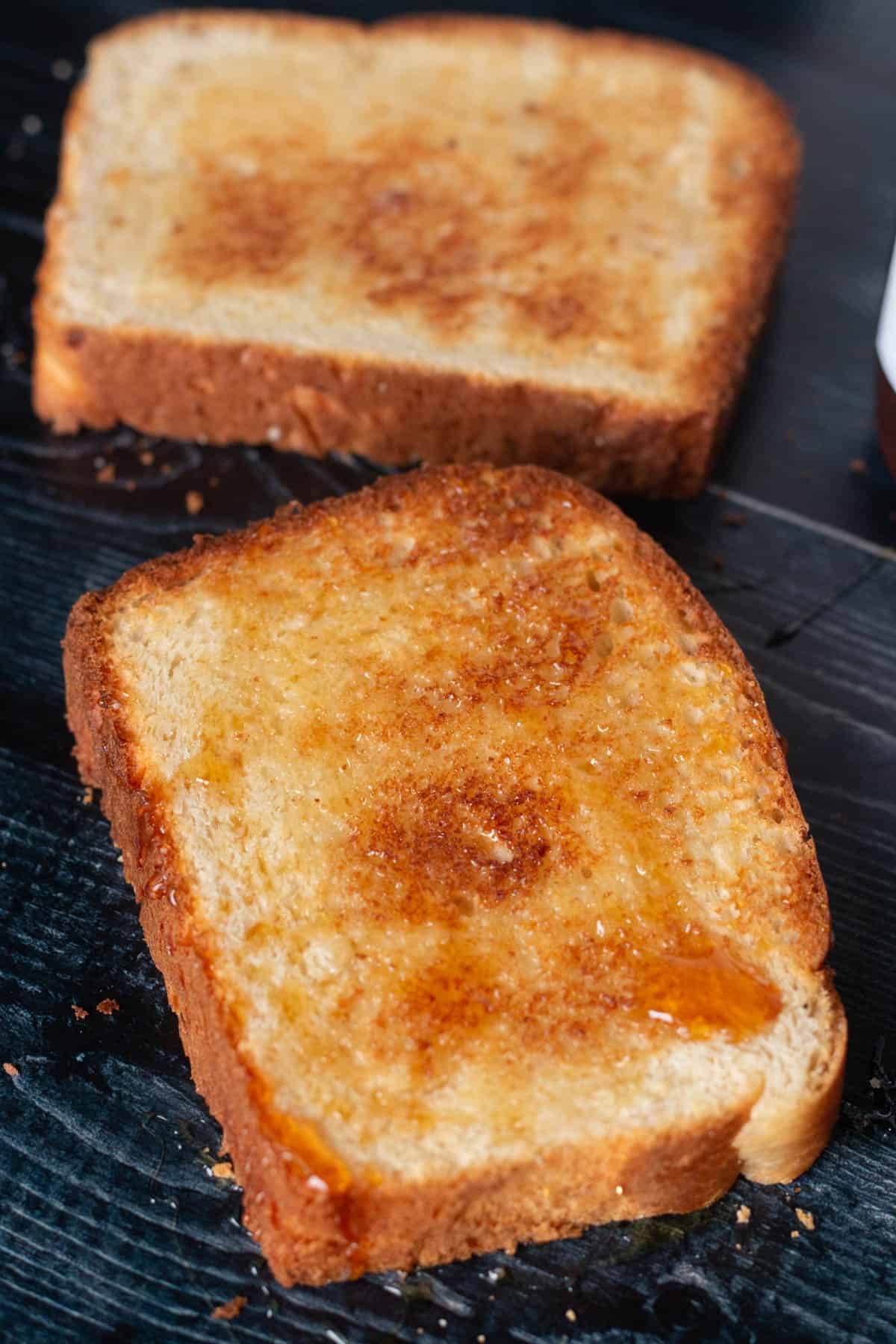
Sure, this Potato Bread could be a Meal on its own....But Here are some Other Ways To Serve it
- The BEST Spinach Salad with Maple Dijon Dressing
- Easy Butternut Squash and Sweet Potato Soup
- Turkey Shepherd's Pie with Zesty Potato Topping
Tried this recipe and loved it? Take a photo and tag me on Instagram or give it a review!
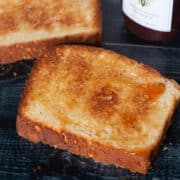
Homemade Potato Bread Recipe
Equipment
- 2 9X5 inch loaf pans
- 1 pastry brush
Ingredients
- 4 teaspoon instant yeast
- ⅔ cup granulated sugar
- ¾ cup warm whole milk (95-105℉)
- ¾ cup warm water (95-105℉)
- ¾ cup unsalted butter, softened
- 3 large eggs, room temperature
- 1¼ cups mashed potatoes
- 2 teaspoon kosher salt
- 6½ cups all-purpose flour (add up to ¼ cup more, if needed)
- 5 tablespoon melted butter (for brushing the dough and baked loaves)
Would you like to save this?
Instructions
Prepare Potato Bread Dough
- In the bowl of your stand mixer, fitted with the paddle attachment, beat together the yeast, sugar, milk, water, butter, eggs, mashed potatoes and salt until combined.
- Add four cups of the flour and continue to beat the mixture for 3-4 minutes at medium-high speed, stopping to scrape down the sides of the bowl as necessary, until smooth.
- Switch the paddle attachment to the dough hook. Gradually add the remaining 2½ cups of flour at medium speed until incorporated.
- Continue to knead for 6 minutes more, stopping to scrape down the sides of the bowl every few minutes, until the dough is smooth, soft, and slightly sticky. (Add up to ¼ cup more flour during the kneading process if your dough is very sticky or you're in an exceptionally humid environment.)
- Gather the dough into a ball and place it in a lightly greased bowl. Cover the bowl with plastic wrap and refrigerate for at least 4 hours or overnight. This should give the dough time for a nice, slow rise so that it doubles in bulk.
Shape Bread Loaves
- Spray two 9X5 inch loaf pans with nonstick baking spray. Remove the bowl from the refrigerator. Transfer the bread dough to a lightly floured surface and divide it in half. Shape each half into a 9 inch cylinder shape and place each piece into one of the prepared loaf pans for the second rise.
- Cover the loaf pans with plastic wrap that has been sprayed with nonstick spray. Let the dough rise in a warm place until the highest section of the dough is about 1-inch over the rim of the pan, 1½ to 2½ hours. Meanwhile, preheat your oven to 350℉.
- Bake the bread for 40-50 minutes, until it is puffed and deep golden brown on top (the bread should have an internal temperature of at least 190℉ when checked with a digital thermometer.) If the bread starts to darken too much during the baking process, tent it loosely with foil halfway through.
- Remove the bread loaves from the oven and brush the tops with melted butter. Let the loaves cool for 5 minutes, and then invert them onto a wire rack to cool completely. Slice and serve or wrap tightly in plastic wrap and store at room temperature.
Notes
- Store individual loaves, tightly wrapped in plastic wrap, at room temperature for 3-4 days. In cooler, dryer environments, the bread may last a few days longer. Tightly wrap baked and cooled loaves in plastic wrap and then aluminum foil to freeze for up to one month. Defrost at room temperature overnight.
Nutrition
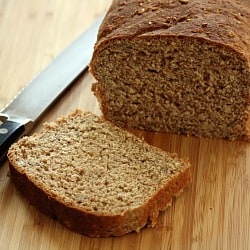
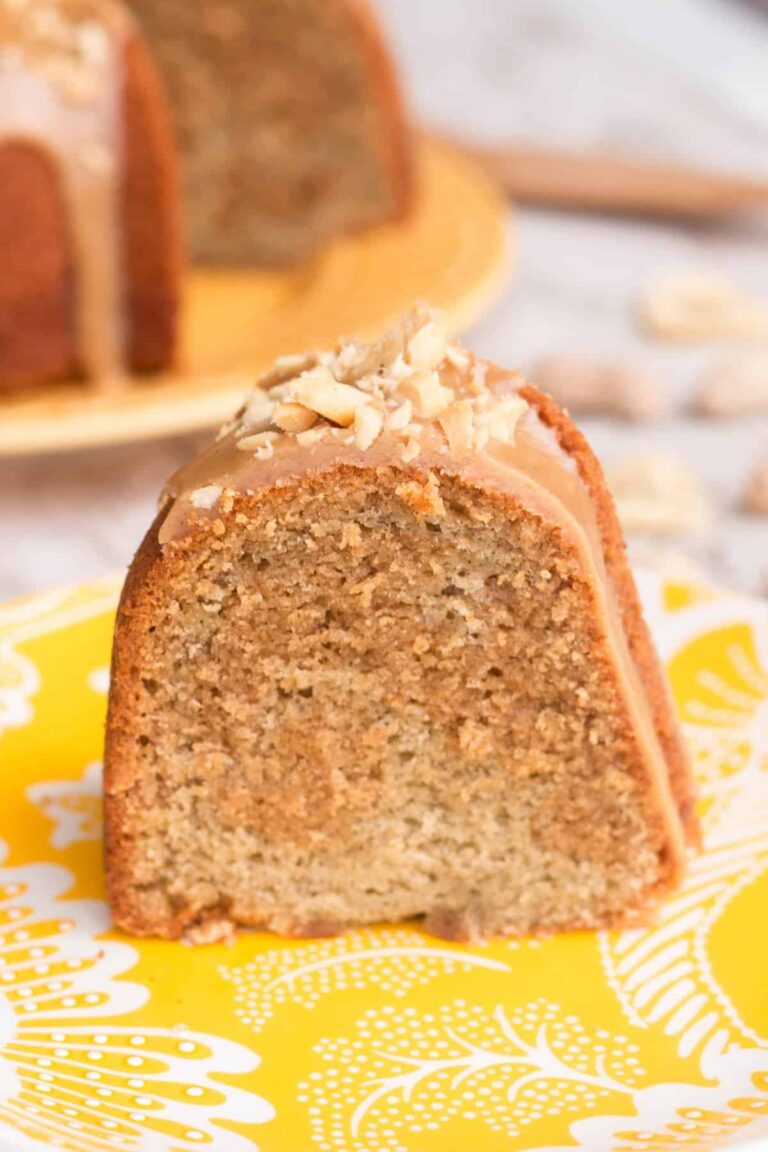
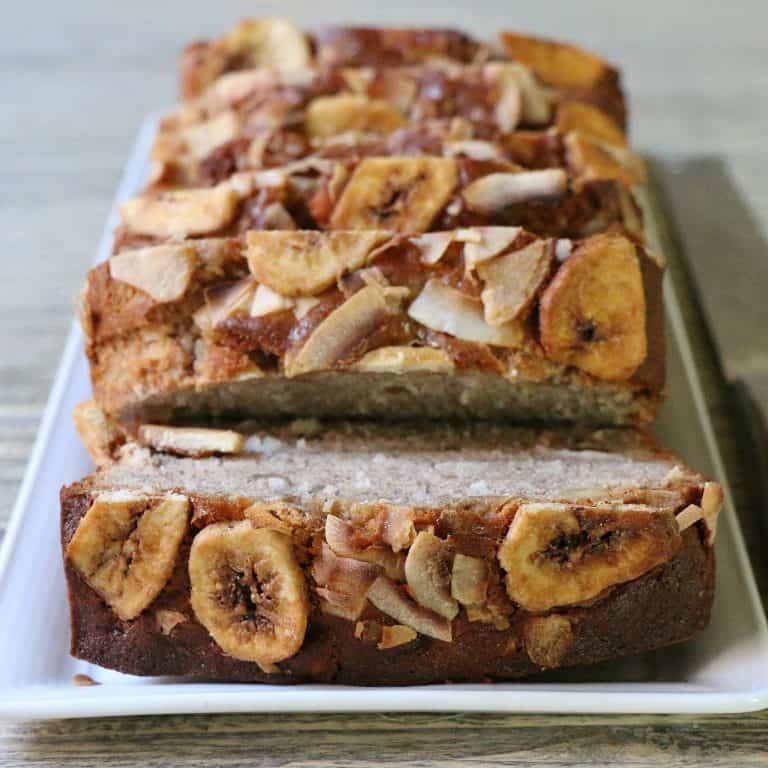
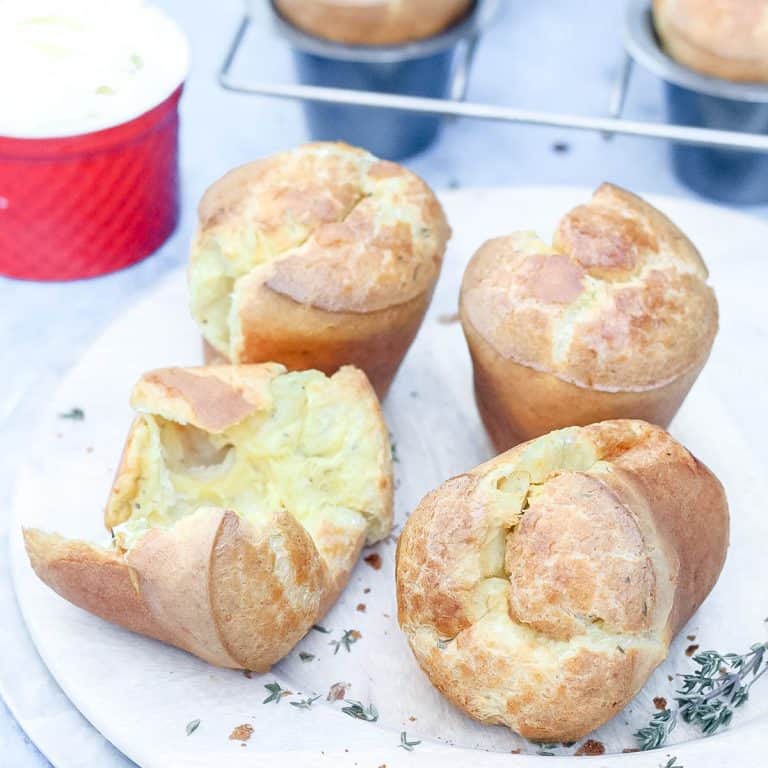
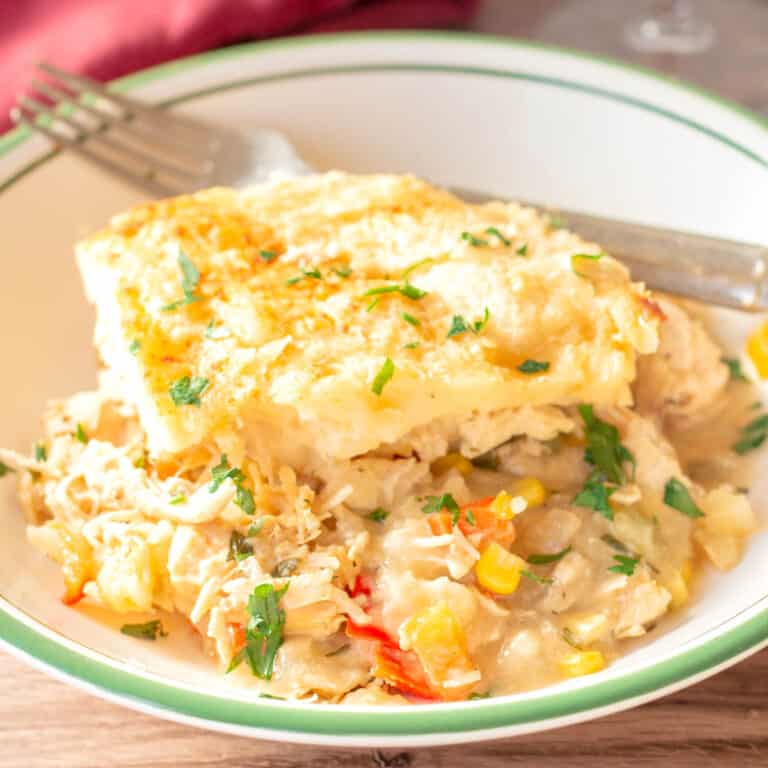
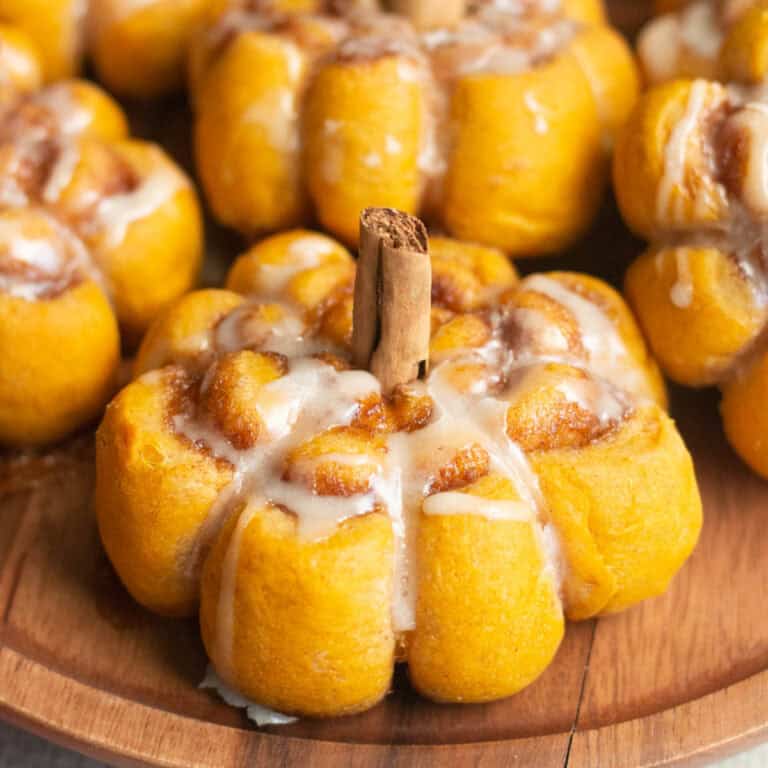
I will never forget taking my brother to a cafeteria when he was about 13. He got 5 different potato dishes! We called it the Five Potato Special!
Ohhhh man. Those potatoes sounds amazing. Goat cheese and sage?! I'd be all over that.
Hi Karen!
Thanks for your nice comment. I think that applesauce would be a perfect subsitute--something to add a little natural sweetness and texture. Apples and sweet potatoes pair nicely. Let me know how it turns out!
Happy Thanksgiving,
Julie
The sweet and savory sounds great, although not being a big banana fan, I'd either leave them out or find something to substitute... I'm thinking maybe a thick homemade applesauce - what do you think?
We have something down here called the brisket potato--where you load bbq brisket, cheese, tons of sauce into a charred baked potato. It's soooo yummy. Your potatoes look yummy too!